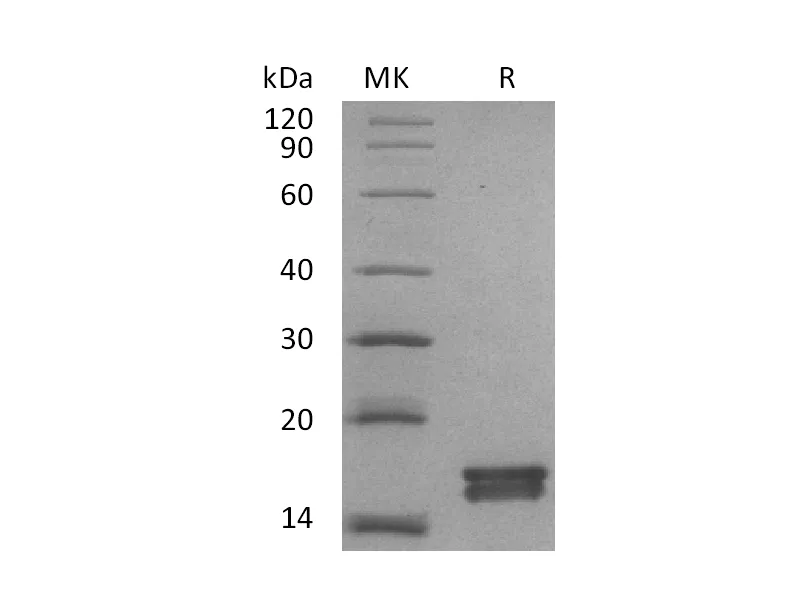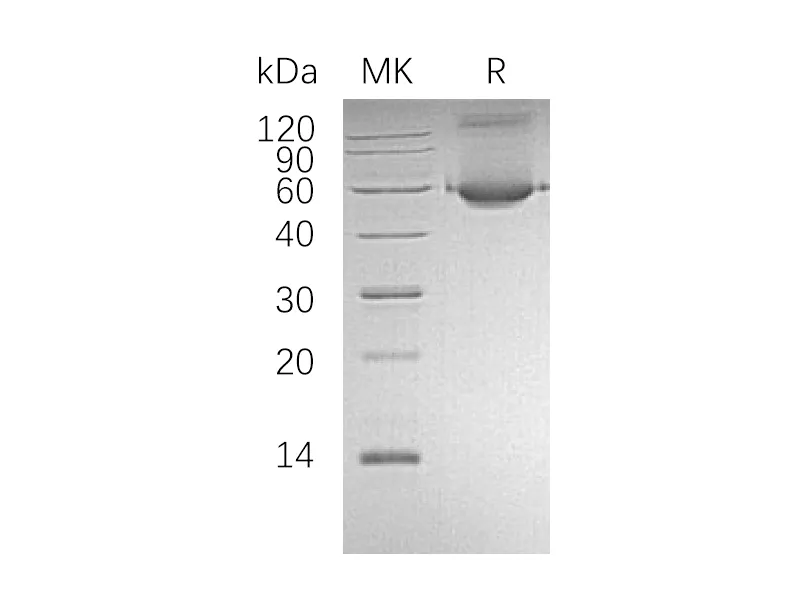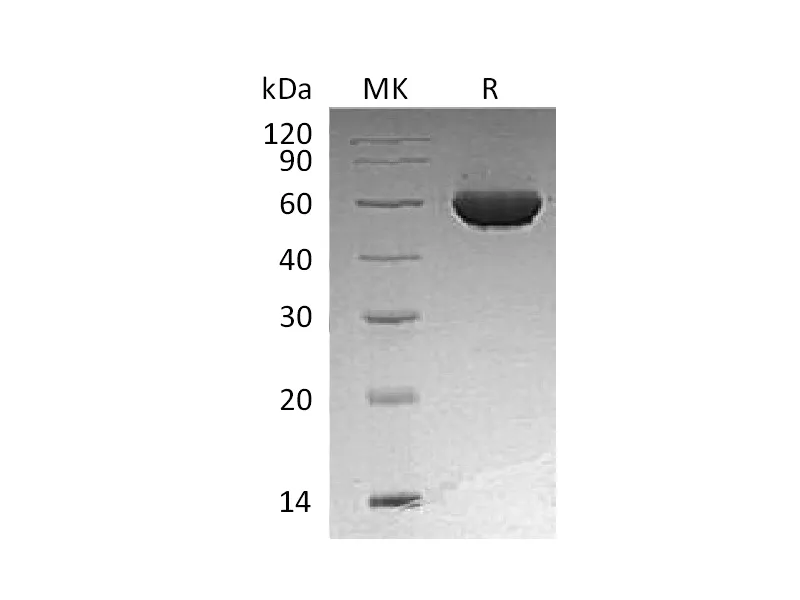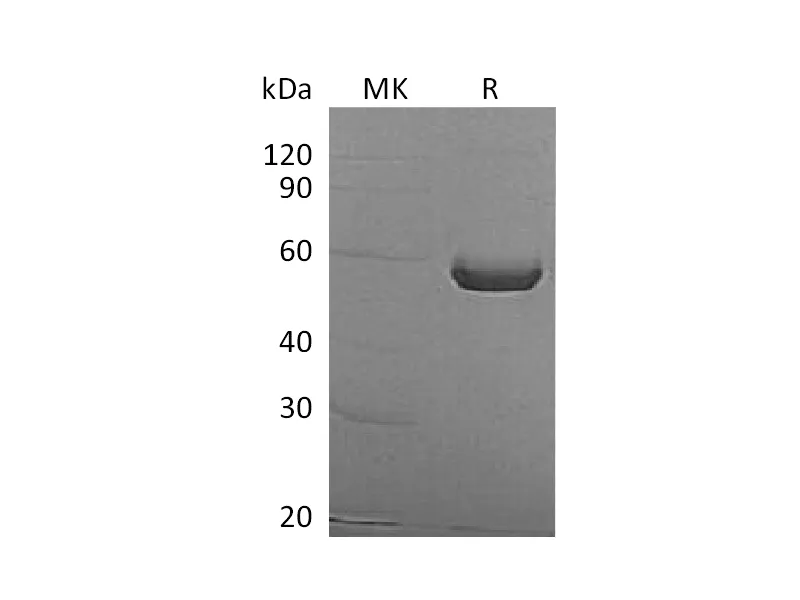Alternative Names
Neutrophil gelatinase-associated lipocalin; NGAL; Lipocalin-2; SV-40-induced 24P3 protein; Siderocalin LCN2; p25; LCN2
Background
Lipocalin-2, also known as Neutrophil Gelatinase-Associated Lipocalin (NGAL), is a secretory protein of the lipocalin superfamily. Lipocalin-2 contains a signal peptide that enables it to be secreted and form complexes with matrix metalloproteinase-9 (MMP-9) through disulfide bonds. Similar to other lipocalin family members, Lipocalin-2 is involved in diverse cellular processes, including the transport of small hydrophobic molecules, protection of MMP-9 from proteolytic degradation, and cell signaling. Furthermore, Lipocalin-2 can tightly bind to bacterial siderophore through a cell surface receptor, possibly serving as a potent bacteriostatic agent by sequestering iron, regulating innate immunity and protecting kidney epithelial cells from ischemia–reperfusion injury. This protein is mainly expressed in neutrophils and in lower levels in the kidney, prostate, and epithelia of the respiratory and alimentary tracts. Recent evidence also suggests its role as a biomarker for renal injury and inflammation.
Note
For Research Use Only , Not for Diagnostic Use.




